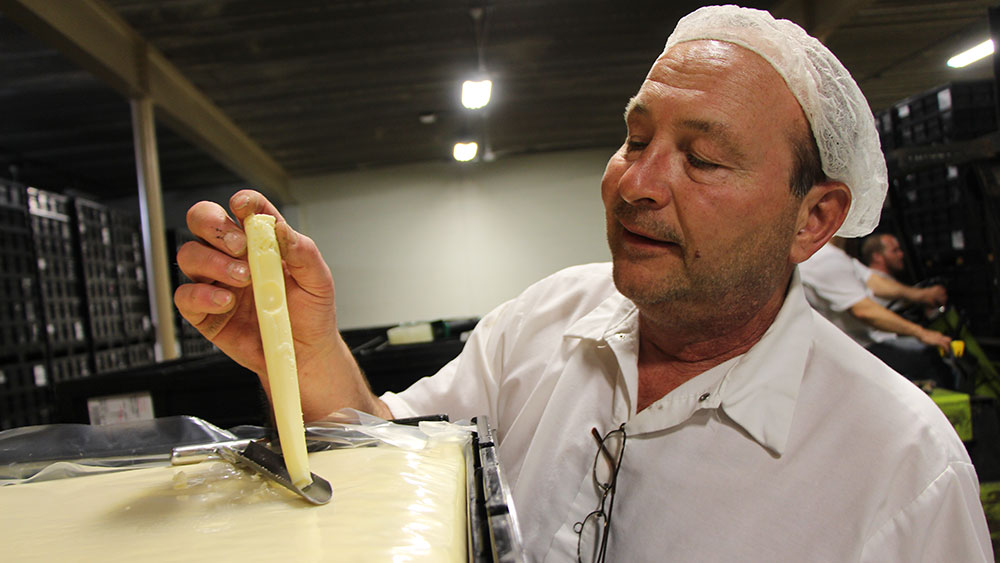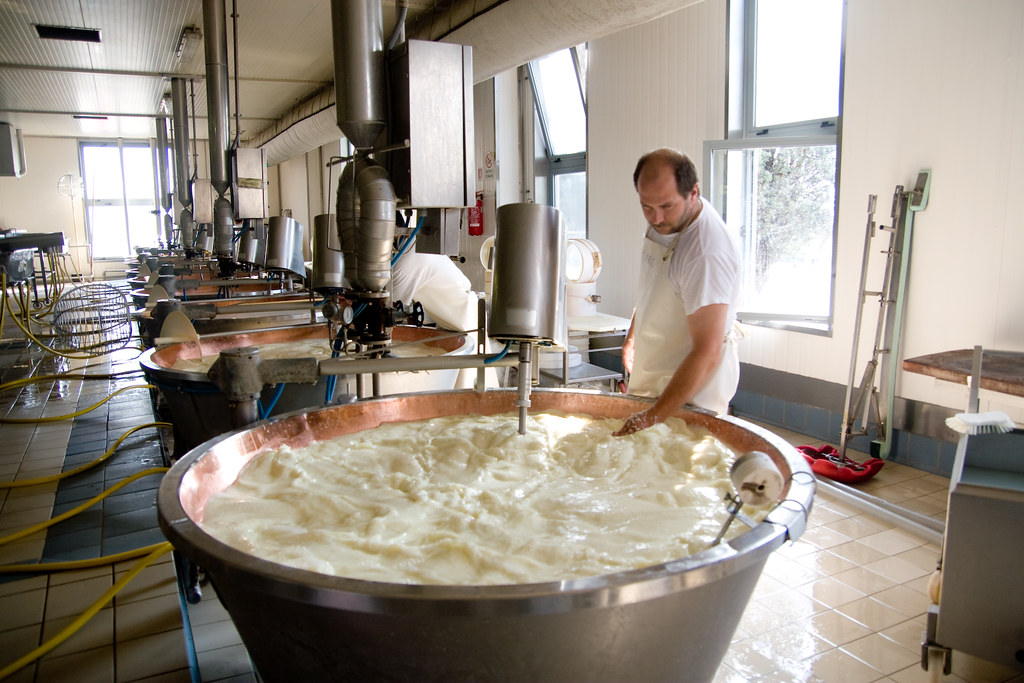How Floridia Cheese Melbourne Establishes the Criterion for Neighborhood Cheese Makers
How Floridia Cheese Melbourne Establishes the Criterion for Neighborhood Cheese Makers
Blog Article
Unlocking the Tricks of Artisanal Cheese Making: A Step-by-Step Do It Yourself Guide
In the world of culinary craftsmanship, artisanal cheese making stands as a testimony to the fragile balance in between practice and development. Each step in the procedure, from selecting the ideal milk to improving aging methods, holds within it a wealth of knowledge passed down with generations. As we begin on this trip to demystify the art of producing elegant cheeses, we are faced with a tapestry of skills and secrets waiting to be untangled. Join us as we check out the intricacies of this old craft, where science, art, and patience converge to produce tastes that entice the detects.
Picking the Right Milk
When starting the journey of artisanal cheese making, the choice of milk plays a vital function in determining the top quality and characteristics of the final product. The sort of milk chosen impacts the taste, texture, and generally profile of celebrity. Raw milk, directly from the pet, is preferred by lots of artisanal cheesemakers because of its unique blend of enzymes, microorganisms, and flavor compounds. Utilizing raw milk comes with dangers and laws, making pasteurized milk a safer option for beginners.
Additionally, the resource of the milk, whether from cows, goats, sheep, or buffalo, contributes unique flavors and attributes to the cheese. Each type of milk brings its very own subtleties, enabling for a broad range of cheese selections to be crafted based on the selected milk.
Culturing and Coagulating
To initiate the cheese-making procedure, the essential actions of culturing and coagulating should be meticulously performed to change milk right into curds and whey. Culturing involves presenting beneficial bacteria to the milk, which after that starts the fermentation process. These germs convert lactose (milk sugar) into lactic acid, producing the acidic environment required for coagulation. The type of society used can considerably impact the flavor, structure, and ripening of the final cheese item.

The timing and temperature control throughout culturing and coagulation are critical elements that affect the last result of celebrity. Proper implementation of these actions is essential to make sure the preferred texture, flavor, and consistency of the artisanal cheese being generated.
Draining and Pressing Curds
After the milk healthy proteins Clicking Here have actually coagulated and the curds have been cut to launch whey, the next vital step in artisanal cheese making includes draining and pushing the curds to achieve the desired appearance and uniformity of the last cheese product. The time for draining can vary depending on the kind of cheese being made and the preferred wetness material.
Pressing aids get rid of any kind of remaining whey and compacts the curds to form a strong cheese wheel. Proper draining and pushing are critical steps that substantially influence the quality and characteristics of the artisanal cheese being produced.
Aging and Flavor Strategies
Executing thorough aging and flavor methods is crucial in improving the deepness and complexity of artisanal cheeses, raising their taste profiles to charming levels of refinement and class. Aging plays a crucial function in establishing the distinct flavors and textures that distinguish artisanal cheeses.
Flavoring methods likewise add considerably to the final taste of artisanal cheeses. Cheesemakers might select to useful site present extra flavors by including active ingredients such as natural herbs, flavors, or perhaps fruits into the cheese during the manufacturing process. Additionally, some cheeses are cleaned or rubbed with numerous fluids, such as brine or alcohol, to improve their tastes and appearances.
Wrapping and Storing Cheeses

Final Thought
In final thought, grasping the art of artisanal cheese making includes meticulously selecting the best milk, adhering to accurate culturing and coagulating procedures, draining and pushing curds efficiently, and utilizing different aging and flavor methods. By following these steps diligently and with focus to detail, you can create your own delicious and special cheeses in the house. Keep in mind to wrap and keep your cheeses properly to ensure optimal taste and texture development. Delighted cheese making!
Each type of milk brings its very own nuances, enabling for a wide array of cheese selections to be crafted based on the selected milk.After the milk proteins have coagulated and the curds have been reduced to launch whey, the following crucial action in artisanal cheese making involves draining pipes and pressing the curds to achieve the desired appearance and uniformity of the last cheese item. Most cheeses ought to be wrapped in wax paper or cheese paper to allow them to breathe while shielding them from drying out. For cheeses that need to continue aging, such as bloomy skins or cleaned peels, ensure they are saved in an amazing environment like a cheese cave or a refrigerator established to the suitable temperature. By paying interest to the wrapping and storage of artisanal cheeses, cheese makers and lovers can preserve the stability of these specials and totally appreciate their complicated flavors.
Report this page